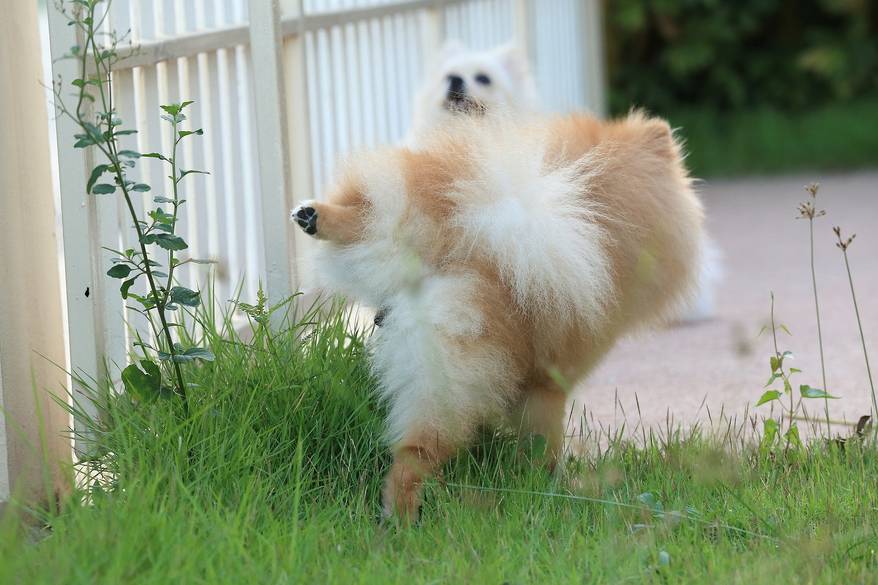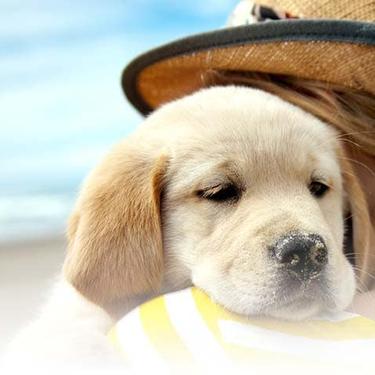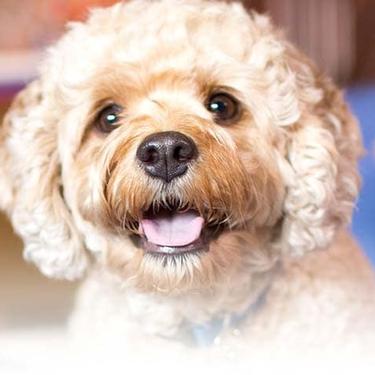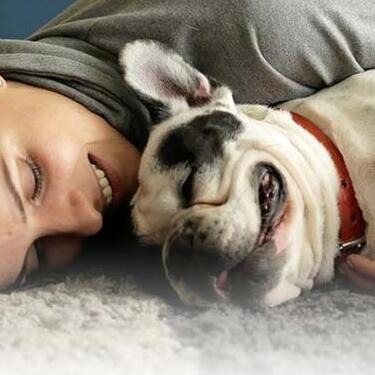
-
Find the right food for your pet
Take this quiz to see which food may be the best for your furry friend.
Find the right food for your pet
Take this quiz to see which food may be the best for your furry friend.
Featured products
 Adult 7+ Perfect Digestion Chicken, Whole Oats & Brown Rice Recipe Dog Food
Adult 7+ Perfect Digestion Chicken, Whole Oats & Brown Rice Recipe Dog FoodScience Diet's breakthrough nutrition supports ultimate digestive well-being & healthy microbiome for dogs age 7+
Shop Now Adult Healthy Cuisine Roasted Chicken, Carrots & Spinach Stew Dog Food
Adult Healthy Cuisine Roasted Chicken, Carrots & Spinach Stew Dog FoodDelicious roasted chicken paired with tender vegetables in a succulent stew
Shop Now Small & Mini Savory Stew with Chicken & Vegetables Dog Food
Small & Mini Savory Stew with Chicken & Vegetables Dog FoodA delicious complement to the nutrition of Science Diet Small & Mini 7+ dog food
Shop NowFeatured products
 Adult 7+ Tender Tuna Dinner Cat Food
Adult 7+ Tender Tuna Dinner Cat FoodWith delicious chunks in a decadent gravy
Shop Now Adult Savory Entrée Can Variety Pack Cat Food
Adult Savory Entrée Can Variety Pack Cat FoodPrecisely balanced nutrition with the delicious taste of savory minced chicken to help fuel the energy needs of cats during the prime of their life
Shop Now Adult 7+ Senior Vitality Chicken & Vegetable Stew Cat Food
Adult 7+ Senior Vitality Chicken & Vegetable Stew Cat FoodImproves Everyday Ability to Get Up & Go
Shop Now -
Dog
- Dog Tips & Articles
-
Health Category
- Weight
- Food & Environmental Sensitivities
- Urinary
- Digestive
- Joint
- Kidney
-
Life Stage
- Puppy Nutrition
- Adult Nutrition
- Senior Nutrition
Cat
- Cat Tips & Articles
-
Health Category
- Weight
- Skin & Food Sensitivities
- Urinary
- Digestive
- Kidney
-
Life Stage
- Kitten Nutrition
- Adult Nutrition
Featured articles
 Does My Pet Hate Me?
Does My Pet Hate Me?Learn tips for bonding with your pet if you've ever thought, 'My dog doesn't like me, or 'Why do I have a standoffish cat?'
Read More Why Are Dogs and Cats So Cute?
Why Are Dogs and Cats So Cute?If waggy puppy dog tails and furry kitten yawns make you swoon, you're not alone. Why are cats so cute? And, dogs too! Let's find out!
Read More Do Dogs and Cats have Belly Buttons?
Do Dogs and Cats have Belly Buttons?Learn whether cats & dogs have belly buttons like humans, what the function is, and if there are any health concerns associated with it.
Read More -


Maybe you are currently experiencing lawn damage from your dog peeing on the grass, or you just got a new dog and want to avoid lawn damage, but you keep asking yourself, "are dead spots inevitable with dog ownership?" Well, good news for you! It's possible to have a beautiful lawn and a dog at the same time! When dealing with dog urine on grass, the best thing is to be proactive. However, if you already have many dead spots, there are easy ways to fix this problem, and it won't cost you an arm and a leg.
Work from the Inside Out
To prevent those dreaded burnt dead spots, you have to take some control over your dog's urinary behaviors. Instilling habits is easier in puppies, but within a few weeks you can train older, more stubborn dogs as well.
Firstly, think about all the factors leading up to the actual process of peeing on the grass. One way to prevent deep, dead grass is to make sure your dog drinks a lot of water. Providing the proper amount of water to your dog each day is vital to living a healthy and active lifestyle, and it helps dilute their urine. Diluted urine causes much less damage than concentrated urine. Your dog's water bowl should be filled with fresh, clean water all day long. Aim to have your dog consume one ounce of water for every pound of body weight.

Again, keeping a nice lawn starts even before you let your dog outside. By using a leash to take your dog outside for bathroom trips, you can control where he goes. It's important to have your dog go in several areas. In the morning, when his urine might be most concentrated because he didn't drink much overnight, have him do his business in a patch that receives adequate sunlight and water. These environmental factors will help the grass recover.
If it seems like you can't get your dog to go where you want him to, you may need to find out if your dog is just being stubborn or if he may be having urinary issues. If after a week your dog refuses to urinate outside in areas you lead him to on the leash, it is important to contact your veterinarian and rule out health conditions. Be consistent and persistent in training your dog where he may and may not go on the lawn.


Tasty Tips
Fix It and Forget It
If it seems like the grass is greener on every other side of your fence and you already have lawn damage, you may have to test your soil. Grass that has heavy clay soil may require compost. Other types of soil and grass blends may just need additional water. Sometimes local farm bureaus or college agriculture programs will test soil for free.
A really savvy lawn care professional may suggest that you adjust your pup's food to keep the grass nice and green. Dog foods with a balanced pH may neutralize the dog urine and prevent additional lawn damage. If your lawn develops fewer brown spots, it may be a sign of a healthy dog that drinks enough water and enjoys well-balanced dog food. Some vets may even recommend that you spray the lawn after your dog urinates to help dillute it with water.
Designate a Spot
If your dog still insists on peeing in a certain part of the yard when you let him out, you might designate a corner spot of your yard to fence in where he can go and do his business that has less foot traffic than the rest of the yard. This will help keep the dead spots out of the middle of your green yard and leaving eyesores.
Move On
Once your lawn is healthy and your dog's eating, drinking and urinary habits are well-established, you'll find fewer of those dreaded dead spots. You may even find with the balanced nutrition and proper water intake, your dog is energetic and ready to take on dog parks and other outdoor areas, which could mean less urine on your lawn. So, start from the inside out, and get ready to own the green grass every dog owner envies!


Chrissie Klinger is an educator, writer and mother of two children, three dogs and three cats. Her dog Jake loves sitting on her lap every chance he gets! She enjoys living an active and eco-friendly lifestyle in rural Pennsylvania.
Related products

Science Diet's breakthrough nutrition supports ultimate digestive well-being & healthy microbiome for dogs age 7+

Delicious roasted chicken paired with tender vegetables in a succulent stew

Delicious braised beef paired with tender vegetables in a succulent stew

A delicious complement to the nutrition of Science Diet Small & Mini 7+ dog food
Related articles

Large and giant breed puppies have different nutritional needs than other dogs. Learn how to provide the special care they need to grow up big and strong.

Learn about choosing the right food for your mature or older dog, ensuring he receives the correct balance of nutrition.

Your dog's coat and skin are a big part of your dog's overall health. Ensure you keep your dog's coat healthy, by following these simple tips.

Hill's Science Diet Small & Toy Breed dog foods are designed to meet the nutritional needs for your small dog at every life stage. Learn more here.

Put your dog on a diet without them knowing
Our low calorie formula helps you control your dog's weight. It's packed with high-quality protein for building lean muscles, and made with purposeful ingredients for a flavorful, nutritious meal. Clinically proven antioxidants, Vitamin C+E, help promote a healthy immune system.
Put your dog on a diet without them knowing
Our low calorie formula helps you control your dog's weight. It's packed with high-quality protein for building lean muscles, and made with purposeful ingredients for a flavorful, nutritious meal. Clinically proven antioxidants, Vitamin C+E, help promote a healthy immune system.

